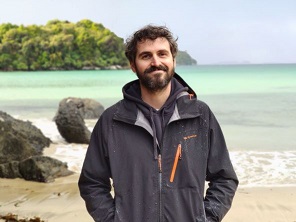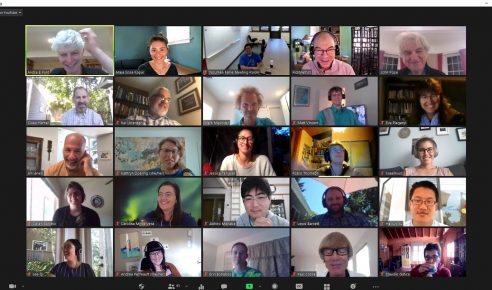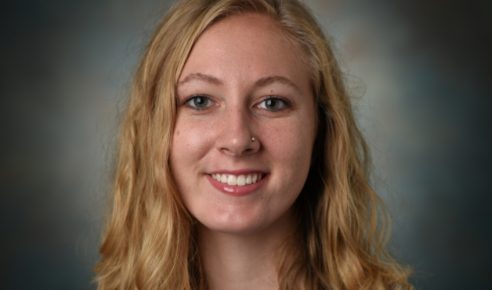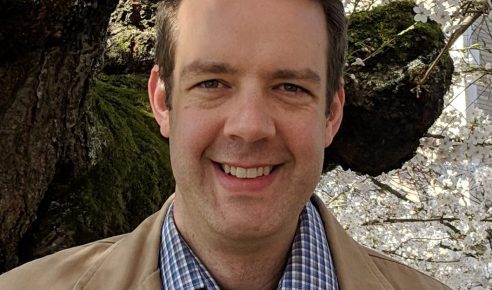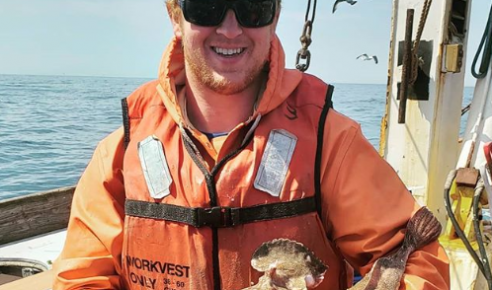Author Archives: Punt Lab
CAPAM M Workshop in Natural Mortality hosted by Punt Lab, CAPAM & NOAA collaborators
After much rescheduling, the Center for the Advancement of Population Assessment & Modeling (CAPAM) Workshop on Natural Mortality was hosted in a free, fully virtual format the week of June 14, 2021. Conference co-organizers Claudio Castillo-Jordan, Maia Sosa Kapur, André Punt, and Owen Hamel (NWFSC) worked hard to create a schedule which accomodated over 300 participants from all over the world (see map). The workshop was concurrently livestreamed to the UW SAFS YouTube page and will be available indefinitely. Keynote speakers gave provocative 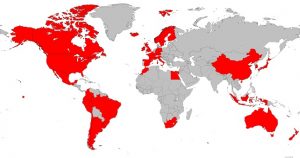 talks about the state-of-the art of estimating, developing priors for, and evaluating bias caused by natural mortality in population dynamics and assessment models. Much discussion centered around untangling the influences of life history (such as growth) and environment on temporal variation in M. Talks on the final day of the workshop highlighted how temporal variation in natural mortality brought about by climate change might complicate the accuracy of management reference points.
talks about the state-of-the art of estimating, developing priors for, and evaluating bias caused by natural mortality in population dynamics and assessment models. Much discussion centered around untangling the influences of life history (such as growth) and environment on temporal variation in M. Talks on the final day of the workshop highlighted how temporal variation in natural mortality brought about by climate change might complicate the accuracy of management reference points.
Please check out the CAPAM website for more background on the workshop and instructions on submitting to the special issue of Fisheries Research, which will include a Best Practices guide edited by the conference organizers.
Emily Sellinger
Past Graduate Student
Adam L. Hayes
Past Postdoctoral Fellow
Ridouan Bani
Past Postdoctoral Fellow
Matthieu Veron
Past Postdoctoral Fellow
Grant Adams coauthors Lake Erie walleye modeling paper in Fisheries Research
Current grad student Grant Adams, along with collaborators from the Ohio State University, David Dippold and Stuart Ludsin, released a new paper in Fisheries Research. They explored the existence of non-additive, spatially-dependent effects of adult population size and thermal conditions on recreational harvest patterns of Lake Erie walleye. Their work identified nonlinear, additive, and generally positive effects of thermal conditions and adult population size on harvest rates. However, they found that relationships were spatially-dependent and that accounting for spatially-dependent relationships helped explain inter-annual and intra-annual variation in lake-wide harvest rates. As in marine ecosystems, their findings demonstrate the benefit of using modeling approaches that consider the spatial dependency of harvest rate on demographic and environmental factors to understanding broader harvest dynamics in large lakes.
Citation:
Dippold, D., G. D. Adams, & S. Ludsin. 2020. Spatial patterning of walleye recreational harvest in Lake Erie: role of density-dependent and –independent factors. Fisheries Research. 105676. DOI: 10.1016/j.fishres.2020.105676.
Article can be accessed here:
https://www.sciencedirect.com/science/article/pii/S0165783620301934?via%3Dihub
Matt Siskey
Past Postdoctoral FellowContinue reading
Big Skate, big problems: unusual issues arising in the recent U.S. West Coast Big Skate stock assessment
Grant Adams coauthors dissolved gas modeling paper in Limnology and Oceanography: Methods
Current grad student Grant Adams, along with collaborators, released a new paper in Limnology and Oceanography: Methods. They conducted a series of measurements to examine whole system in situ diel denitrification estimates in experimental ditch and stream environments using a Bayesian diel N2 flux models. Model estimates revealed complex patterns that indicate fluxes may be controlled by the balance of both N2 production via denitrification and consumption driven by physical or biological processes associated with strong diel patterns in environmental conditions. Their results improve estimates of N2 flux where dynamic conditions and heterogeneity of habitats create severe diel patterns in factors controlling dissolved gas concentrations and prohibit accurate estimates of N2 flux using existing models.
All model code is available on https://github.com/rlnifong/Denitrification
Citation:
Nifong, R. L., Taylor, J. M., Adams, G., Moore, M. T., & Farris, J. L. (2020). Recognizing both denitrification and nitrogen consumption improves performance of stream diel N2 flux models. Limnology and Oceanography: Methods, 18(5), 169–182. https://doi.org/10.1002/lom3.10361
